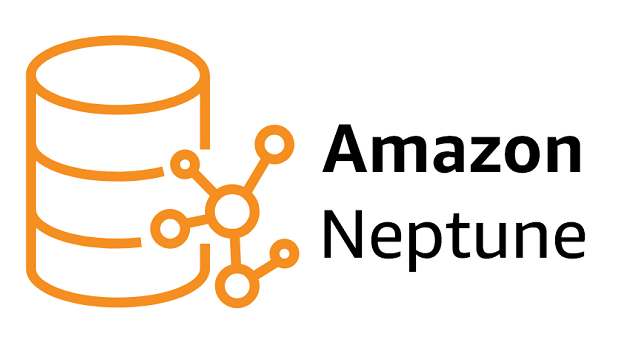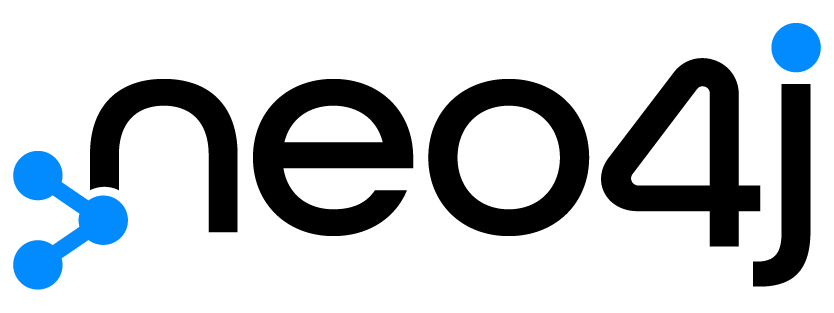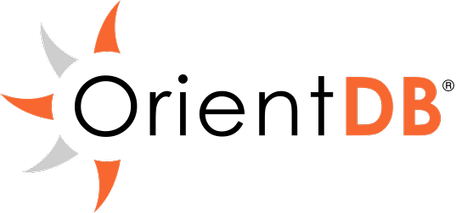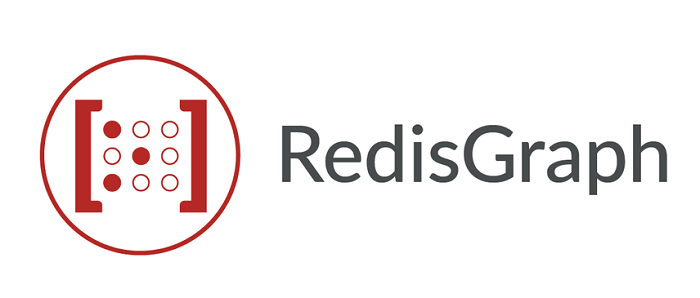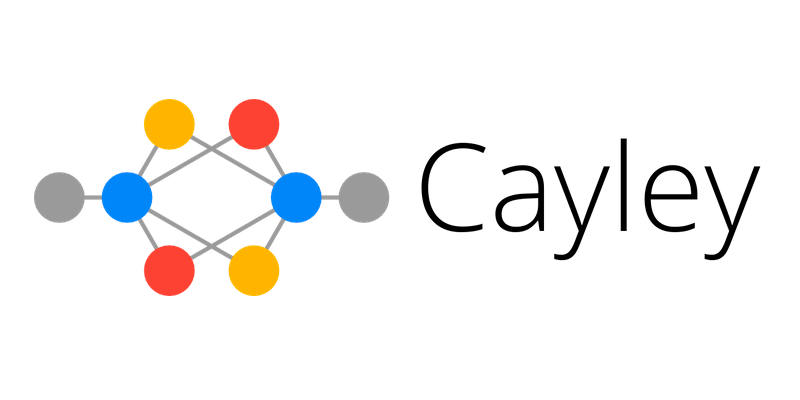Management of interconnected data becomes a cakewalk with graph databases. However, it is not an easy task to select one as the marketplace has a variety of options with a plethora of features. Therefore, through this article, we acquaint you with the best graph databases, curated after deep research and analysis. Before moving on to the list of the best open-source graph databases, it is crucial to understand what exactly a graph database is. If you know what a graph database is and the qualities of the best databases, selecting one for your needs becomes much easier. Hence, first, let us discuss the same.
What Are Graph Databases
Graph Databases are databases to store and represent data using graph structures with edges, nodes, and properties. Going deeper into the details, vertices or entities in the graph are nodes. Whereas, relationships or lines that connect the nodes are edges. And the attributes on edges or nodes are known as properties. Used in search engines like the Knowledge Graph of Google, these databases provide users with more flexibility than a relational database, making them a better choice for managing interconnected information. While choosing the best graph databases for your requirements, you should look for the following qualities or features.
Qualities of the Best Open-Source Graph Databases
The top and most reliable graph databases are the ones with all or most of the following features.
Native graph storage to protect relationship informationACID, i.e., Atomicity, Consistency, Isolation, and Durability complianceAvailability of support and extensive tools for all types of usersBuilding databases and maintaining themEasy creation, viewing, and manipulation of graphsQuery and graph indexing, backup, and archiving
After understanding graph databases and their common qualities, let us proceed to the best graph databases in 2023. Also Read: Database Management Software
List of the Top Open-Source Graph Databases in 2023
You may choose from the best graph databases shared in the following list.
Boasts support for popularly used graph query languagesOffers a lot of modeling flexibilityFast and reliableMulti-model
Visit Now
2. Neo4j
Next, we have Neo4j on our list of the best open-source graph databases. It is a great choice if you do not have much experience with graph databases due to its large community and plethora of resources. Additionally, a highly attractive feature of Neo4j is that it stores data natively, making it easier to decode. Furthermore, the following are some other noteworthy features of this database.
Key features of Neo4j
Disk-basedImplemented in JavaEasy to learnComes with a free optionKnown for its high performanceCapable of handling heavy workloads in machine learning
Visit Now Also Read: Best Free Field Service Management Software for Small Businesses
3. OrientDB
Next, we would like to introduce you to OrientDB. It is a multi-model database with support for both NoSQL and SQL databases. One of the most notable things about OrientDB is that it boasts ACID transactions and integration with Apache TinkerTop, a well-known framework for graph computing. Moreover, the following are other worth-mentioning OrientDB features.
Key features of OrientDB
ScalabilityHigh performanceData model flexibilityAbility to store over 220,000 records every secondAvailability of a large community
Visit Now
4. RedisGraph
When the discussion is about the best open-source graph databases, we cannot skip RedisGraph. Created on Redis, this database is well-known for its features, like support for ACID transactions. Moreover, the following features contribute to the reasons RedisGraph is among the best graph databases in 2023.
Key features of RedisGraph
Top-notch performanceHighly flexibleLight in weight
Visit Now Also Read: Best Free Reference Management Software
5. TigerGraph
Next on our list of the best graph databases is TigerGraph. It is a popular database due to its support for real-time deep link analytics for organizations dealing with large volumes of data. Moreover, the following are some other praiseworthy TigerGraph features.
Key features of TigerGraph
It can be used for IoT, machine learning, and AI applicationsOffers personalized recommendationsStores data using a native graph structureStored in memory and on the diskMakes use of CPU cache for quick retrievalHighly scalablePerforms parallel processing using the Map Reduce functionCompresses data by 10x using data compression techniquesYou can use TigerGraph for fraud detection
Visit Now
6. Cayley
Lastly, we have Cayley to conclude the list of the best open-source graph databases. This fast and easy-to-use database supports many query languages, such as Javascript and MQL. Additionally, the following features also justify Cayley’s position on our list.
Key features of Cayley
Boasts a modular designCapable of interacting and integrating with different backend stores such as MongoDB and LevelDBSupport for many third-party APIs in various languages, such as .NET, Java, Rust, Ruby, PHP, and JavascriptCayley can be deployed in Kubernetes and Docker
Visit Now Also Read: Best Expense Tracking Software | Expense Management Tools
Summing Up the Best Graph Databases
Through this article, we brought to light various top graph databases you may use for querying many-to-many relationships effortlessly and performing effective data storage. These databases boast high performance, scalability, and integration with third-party tools, languages, and APIs. You may select any database from the above list depending on your requirements. In case of any questions or confusion, we are just a comment away. Also, let us know your thoughts about this article through the comments section.
